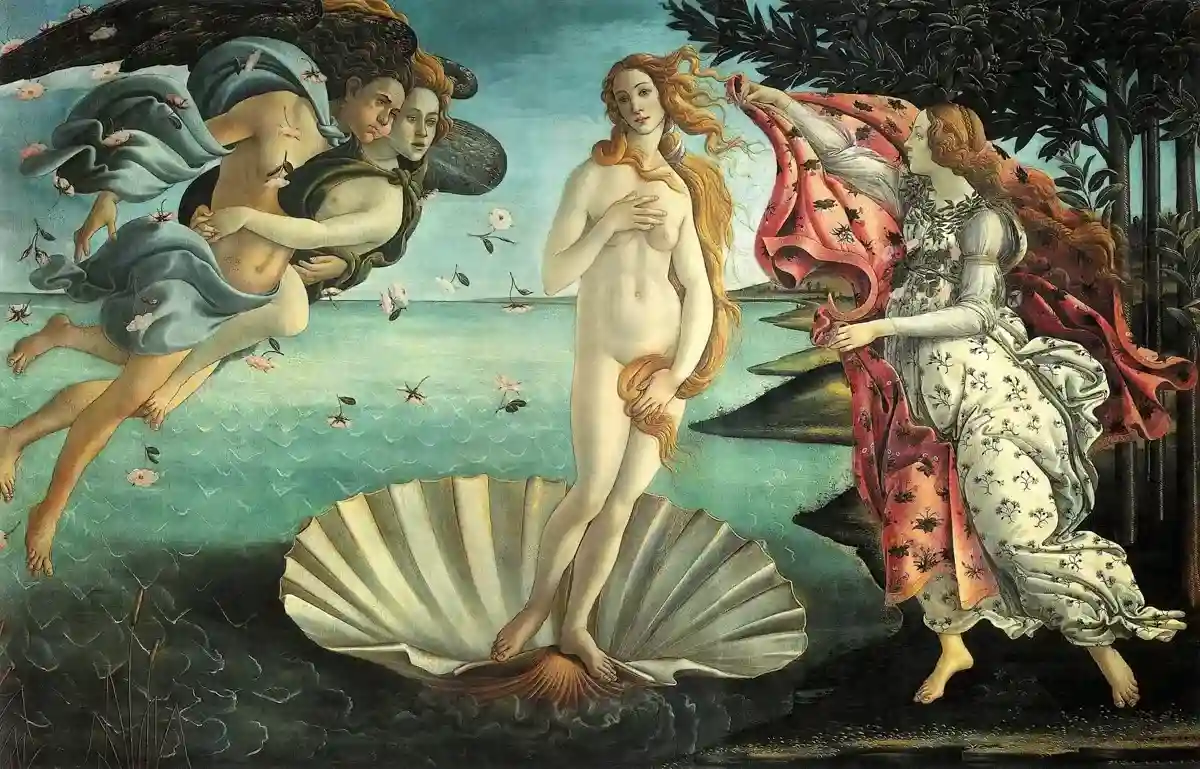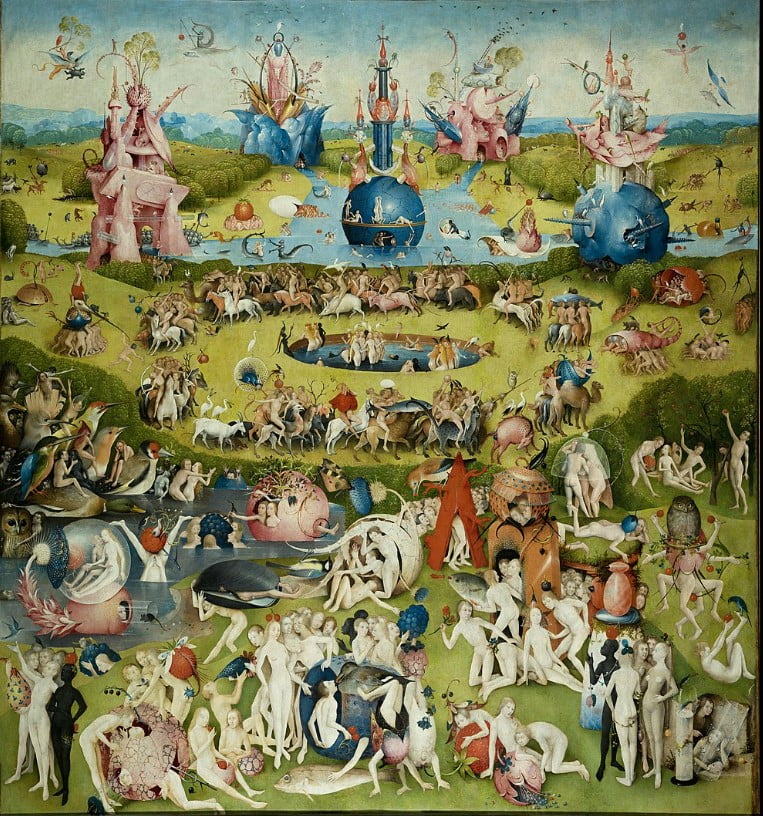Northern Renaissance Art vs Italian Renaissance Art... What are the main differences? What are the cultural backgrounds behind the two artistic perspectives? Let's discover it in this post together.
The Northern Renaissance Art is generally considered to have begun in the fifteenth century in Europe and lasted until about 1650. It was a period of great artistic, intellectual, cultural, and scientific creativity.
The Italian Renaissance began a little later, at the beginning of the fifteenth century, and lasted until about 1627. What are the main similarities and differences between these two periods? Northern Renaissance art vs Italian renaissance art!
Introduction to both periods and their arts
The Renaissance in Italy is well known, but what about the Northern Renaissance? This period of art is just as impressive, if not more so.
The artists during the Northern Renaissance were pushing the boundaries of what was possible with their work. They were also breaking new ground in terms of technique and form.
Italian Renaissance Art

The Italian Renaissance began in the 1400s and continued until the beginning of the early 1600s. It was a time of significant change for Europe, as artists and architects began to revive classical ideas in their art. The focus of this period was on realism and naturalism, which is evident in paintings such as the Mona Lisa and Michelangelo's David sculpture. Northern Renaissance art, on the other hand, was more abstract and focused on religious themes.
Italian Renaissance art is often considered more beautiful than Northern Renaissance but is also more complex. Michelangelo's sculptures, for example, are intricate and detailed, while Leonardo da Vinci's drawings are abstract.
The Northern Renaissance artists could capture the feel of life better than their Italian counterparts, but they lacked the depth of thought found in the later masters.

Northern Renaissance Art
Northern Renaissance art is a movement in European art that began in the 14th century and lasted until the 16th century. This period is known for its artistry, characterized by realism and naturalism.
While Italian Renaissance art is characterized by its use of perspective and symmetry, Northern Renaissance art is more focused on portraying reality. It can be seen in paintings such as The Hay Wagon by Dutch artist Pieter. Bruegel, the Elder, realistically portrays life in a rural setting. Northern Renaissance art also has a sense of humor, as can be seen in the works of Hieronymus Bosch, who was known for his trippy paintings featuring exaggerated figures and surreal landscapes. Bosch's work embodies the humor and lightheartedness of the Northern Renaissance, which contrasts nicely with the more solemn Italian Renaissance.
How did the two different types of art evolve?
Northern Renaissance art is better known for its realism and detail, while Italian Renaissance art is typically considered more colorful and decorative. Italian vs Northern Renaissance Art: both types of art had their strengths and weaknesses, but overall they helped shape Western art's development.
- The Northern Renaissance began in the 14th century in Northern Europe, before Italian Renaissance
- This period was marked by a revival of learning and a renewed interest in classical antiquity
- Artists from this era are known for their realism and attention to detail. Also, their use of light and shadow creates gritty textures and dramatic effects.
3 Key Differences Between Northern Renaissance Art vs Italian Renaissance Art
While both Northern Renaissance and Italian Renaissance art share some commonalities, such as a renewed interest in antiquity and humanism, their artistic expressions diverged in various notable ways due to different cultural, religious, and geographical influences.
1 - Technical Innovations and Stylistic Focus
Northern Renaissance Art
- Detail-Oriented: Artists from the North, particularly from areas like Flanders and the Netherlands, were renowned for their intricate details, with a focus on textures and the minutiae of the natural world.
- Oil Paints: The use of oil paints allowed for richer, deeper colors and meticulous details; it was essential for the detailed treatment of surfaces and natural objects, which characterized the art of this region.
Italian Renaissance Art
- Perspective and Proportion: Italian artists, like Leonardo da Vinci and Michelangelo, prioritized the laws of perspective and proportion, pursuing the depiction of an idealized human anatomy and symmetrical architectural spaces.
- Frescoes and Tempera: Italians often painted large frescoes for church walls and used tempera, made from egg and pigment, which required quick, efficient work, as opposed to the slow-drying oils of the North.
2 - Subject Matter and Themes
Northern Renaissance Art
- Daily Life and Domestic Interiors: Paintings often depicted scenes from everyday life, giving insights into the domestic and social lives of the people.
- Religious Symbolism: There was a strong use of symbolism through everyday objects, imbuing the paintings with multiple layers of meaning.
Italian Renaissance Art
- Classical Mythology and History: Italian artists drew heavily on themes from classical antiquity, illustrating scenes from Greek and Roman mythology and history.
- Humanism and Individualism: Art focused on the human experience, the power of the individual, and featured classical education and wisdom.
3 - Cultural Influences
Northern Renaissance Art
- Influence of the Church: While the Protestant Reformation affected northern artists, many continued to work on religious themes, albeit with a greater emphasis on interiority and personal devotion.
- Burgeoning Middle Class: Art was not just for churches and royalty; the merchant and middle classes in the North sought art that reflected their lives and values, contributing to more secular themes.
Italian Renaissance Art
- Influence of the Italian City-States: In Italy, commerce, and the classical heritage of cities like Florence, Venice, and Rome played a significant role, reflecting wealth, power, and education in their art.
- Patronage: Artistic production was frequently driven by wealthy patrons, including the Church, who would commission grand works as symbols of prestige and piety.
By understanding these core contrasts between Northern Renaissance Art and Italian Renaissance Art, not only do we glimpse their distinct visual and thematic differences, but we also appreciate the diverse cultural landscapes that shaped Europe during this pivotal era in history.
As a lover of all things art, deciding which period in history is your favorite can be difficult. After all, there are so many beautiful pieces from the Northern and Italian Renaissance periods that it's hard to choose just one!
If you want to add your piece of Italian Renaissance to your home, look for breathtaking Fine Art Photographs at Paolo Modena Photography
Editor's note: this post was originally published in March 2023 and has been completely revamped and updated for accuracy and comprehensiveness.

